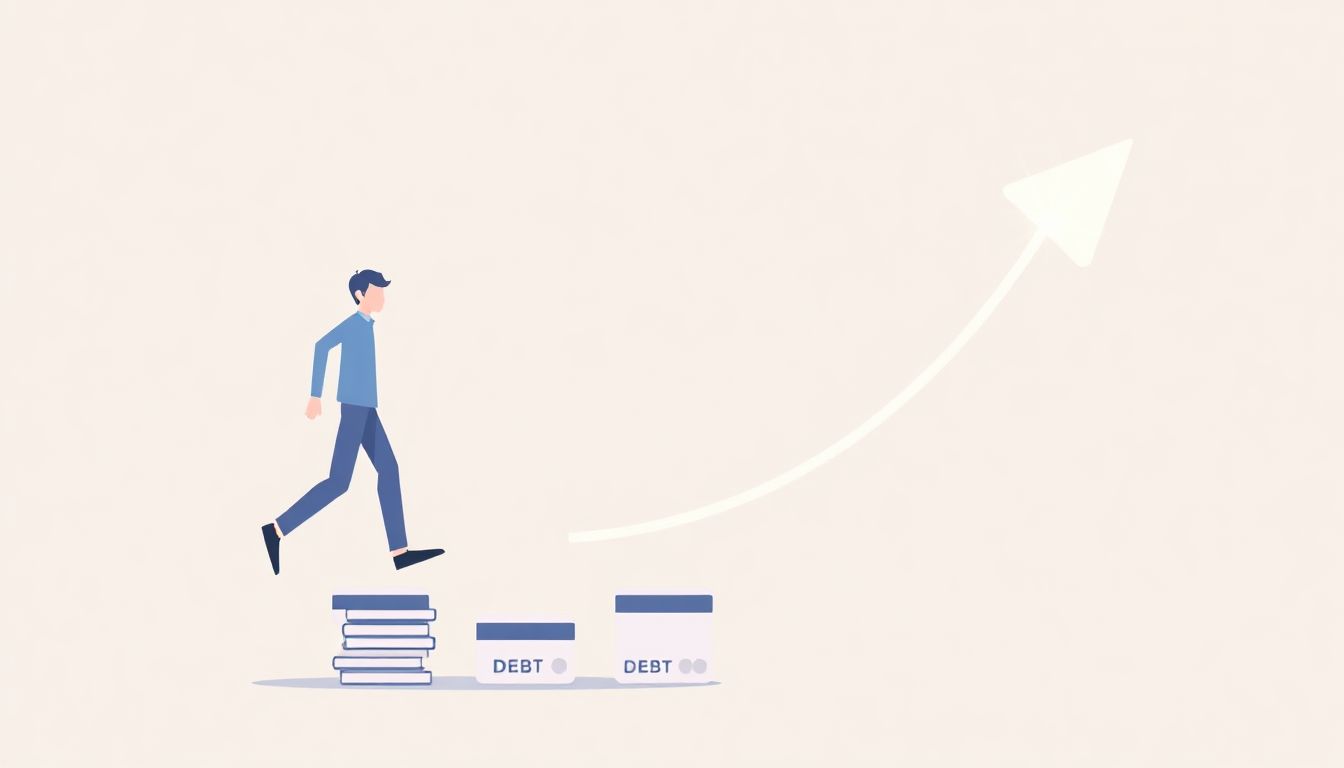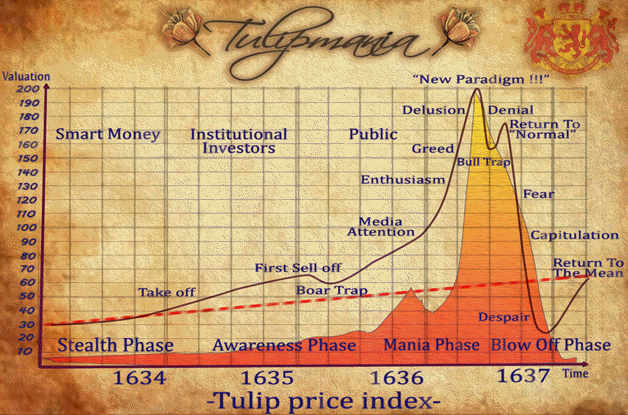
Imagine staring at a pile of credit card bills. Each one feels like a heavy weight, adding to stress and worry. You are not alone if debt makes you feel overwhelmed or lost. Millions of people face this financial struggle every day, and it takes a real toll on their peace of mind and bank accounts.
While credit card debt can seem like an endless battle, it does not have to be. Effective strategies exist for anyone to tackle and eliminate it, even if you are just starting your financial journey. Taking control of your money can bring a powerful sense of freedom and calm.
This article will show you clear, actionable steps. We will explore simple tools and proven methods. By the end, you can create a personalized plan to pay down your credit card debt for good.
Understanding Your Credit Card Debt
Before you can fight a battle, you need to know your enemy. This means understanding exactly what you owe. Many people avoid looking at their full debt picture, but facing it is the first brave step towards financial health.
How Much Do You Owe?
Your crucial first step is to get a full picture of your finances. This involves a complete financial assessment. Gather every credit card statement you have. For each card, write down three key pieces of information. List the total balance, the interest rate (APR), and the minimum monthly payment. This simple list will be your map.
The True Cost of Minimum Payments
Only making minimum payments can feel like a safe choice, but it keeps you in debt longer. This habit greatly increases the total amount of interest you pay over time. For example, a $5,000 credit card debt with a 20% interest rate, paying only the minimum, could take over 18 years to clear. During that time, you might pay more than $6,000 in interest alone. That is more than double what you originally owed.
Minimum payments only scratch the surface of your debt. They mainly cover the interest, leaving your main balance mostly untouched. This cycle can make it feel like you are on a financial treadmill, never getting ahead. It prolongs your debt and drains your wallet.
Credit Card Interest Rates Explained (APR)
Annual Percentage Rate, or APR, is simply the yearly cost of borrowing money. It is a key factor in how quickly your debt grows. Different types of APR exist, like the purchase APR for new buys or the balance transfer APR for transferred debt. Some cards also have a penalty APR if you miss a payment.
The higher your APR, the more interest you pay each month. This means your debt grows faster, even with regular payments. You should find the APR for each of your credit cards. Make a note of which cards have the highest rates. These are the debts that are costing you the most money.
Popular Credit Card Debt Payoff Methods
You have options for how to tackle your debt. Two popular methods stand out for their effectiveness. Each one offers a different path to becoming debt-free.
The Debt Snowball Method
The debt snowball method focuses on building momentum and keeping you motivated. It gives you quick wins that feel good. This psychological boost helps many people stay on track with their payoff journey.
Here is how it works: First, list all your credit card debts from the smallest balance to the largest. Next, make only the minimum payment on all cards except the one with the smallest balance. Throw any extra money you can find at that smallest debt. Once it is fully paid off, take the money you were paying on that card and add it to the minimum payment for the next smallest debt. You keep “snowballing” these payments until every debt is gone.
Let’s say you have three cards:
- Card A: $500 balance, $25 minimum
- Card B: $1,500 balance, $40 minimum
- Card C: $3,000 balance, $70 minimum Total minimum: $135. If you have an extra $50, you’d pay $25 on Card A plus your $50 extra, for $75. Pay minimums on B and C. Once Card A is clear, you now have $25 (its old minimum) plus your $50 extra, which is $75. You’d add this $75 to Card B’s $40 minimum, paying $115 on Card B. This keeps you focused and moving forward.
The Debt Avalanche Method
The debt avalanche method saves you the most money on interest over time. It is the most efficient choice from a mathematical standpoint. If saving money is your main goal, this method is for you.
To use the debt avalanche, list all your credit card debts from the highest interest rate (APR) to the lowest. Pay only the minimum amount on all cards except the one with the highest APR. Then, put any extra money you have towards that highest-interest debt. When that high-APR debt is gone, take the payment you were making on it and add it to the minimum payment for the debt with the next highest APR. You keep going until all your debts are paid off.
Using the same cards:
- Card A: $500 balance, 15% APR, $25 min
- Card B: $1,500 balance, 20% APR, $40 min
- Card C: $3,000 balance, 18% APR, $70 min Total minimum: $135. With an extra $50, you’d target Card B first (20% APR). You’d pay its $40 minimum plus your $50 extra, for $90. You still pay minimums on Card A and C. Once Card B is paid off, you take its $40 minimum plus your $50 extra (total $90) and add it to Card C’s $70 minimum. Now you are paying $160 on Card C. This method helps you reduce the total interest you pay.
Balance Transfers: A Strategic Move?
A balance transfer can be a powerful tool for paying off debt faster. This involves moving credit card balances from one or more cards to a new card that offers a 0% introductory APR. This means you pay no interest for a set period, often 12 to 21 months. It gives you a break from interest charges, allowing more of your payment to go directly to your principal balance.
However, balance transfers come with rules. Always check for a balance transfer fee, which can be 3% to 5% of the transferred amount. Understand exactly how long the 0% APR period lasts. Most importantly, know what the interest rate will be after that introductory period ends. If you do not pay off the balance before the 0% period expires, you could end up with a high interest rate on the remaining debt. As financial experts often say, “A balance transfer is a race against the clock. Use the 0% period to aggressively pay down your debt, not just delay it.”
Negotiating with Credit Card Companies
You might be able to get help directly from your credit card company. They want you to pay them back, so they might be willing to work with you. A simple phone call can sometimes make a big difference.
Requesting a Lower Interest Rate
Many credit card companies are open to lowering your interest rate. This is especially true if you have a good history of making payments on time. Even a small drop in your APR can save you a lot of money and help you pay off debt faster. It never hurts to ask.
When you call, be polite but firm. You could say something like, “I’ve been a loyal customer for X years, and I always pay on time. I’m working hard to pay down my balance, and I was wondering if you could offer me a lower interest rate to help me achieve this goal.” Have your account information ready. Mention any lower offers you might have received from other companies.
Exploring Hardship Programs
If you are facing serious financial challenges, like a job loss or unexpected medical bills, you might qualify for a hardship program. These programs are designed to help people get back on their feet. Your credit card company may offer temporary relief.
Contact your credit card company to discuss your situation. They might offer reduced monthly payments, a temporary pause on payments, or even a lower interest rate. These programs are not always advertised, so you must ask about them. This can provide much-needed breathing room during tough times.
Creating Your Debt Payoff Plan
Having a plan makes debt repayment feel less overwhelming. It gives you a clear path to follow. A well-thought-out plan keeps you motivated and focused on your goal.
Setting Realistic Goals
It is important to set goals you can actually reach. Trying to pay off too much too soon can lead to burnout. Breaking down your big debt payoff goal into smaller, monthly or quarterly targets makes the journey feel more manageable. For example, instead of aiming to pay off $10,000 this year, aim to pay off $500 each month.
Celebrate these small wins along the way. Did you pay off that first small card? Great job! Reaching these mini-milestones keeps your motivation high. They show you that progress is happening, even if it feels slow sometimes.
Finding Extra Money to Pay Down Debt
You might have more money than you think to put towards your debt. Finding extra cash can greatly speed up your payoff plan. Even small amounts can make a big difference over time.
Start by reviewing your budget closely. Look for areas where you can cut back on non-essential spending. Maybe you could eat out less or cancel subscriptions you rarely use. Consider finding a side hustle or selling items you no longer need around your home. Tax refunds, work bonuses, or unexpected gifts are perfect windfalls to throw at your debt. Every extra dollar helps your progress.
Automating Your Payments
Automation is your best friend when paying down debt. Setting up automatic payments ensures you never miss a due date, which helps you avoid late fees and protects your credit score. This simple step takes the worry out of remembering to pay each month.
Set up automatic minimum payments for all your credit cards. Then, if you are using the snowball or avalanche method, set up a separate automatic transfer. This transfer should go from your checking account directly to the specific credit card you are focusing on. This guarantees your extra payments always get applied, keeping your plan on track.
Expert Insights and Encouragement
Getting out of credit card debt is a marathon, not a sprint. It takes patience and persistence. Many financial experts agree that consistency is more important than speed. “The path to financial freedom is paved with small, consistent actions,” says renowned financial educator Suze Orman. Every payment, no matter how small, moves you closer to your goal.
Think of it as building a muscle. Each time you make a payment, especially an extra one, you strengthen your financial health. Studies show that reducing credit card debt significantly lowers stress levels and improves overall well-being. Your future self will thank you for starting this journey today.
Conclusion
Conquering credit card debt is a powerful step towards a better financial life. We have discussed key strategies like the Debt Snowball and Debt Avalanche methods, which offer different paths to paying down what you owe. Balance transfers can also be a smart move if used carefully. Remember the importance of understanding your debt and having a clear plan.
Consistency and discipline are crucial for success. Start today by looking at your credit card statements. Choose the payoff strategy that feels right for you. Your journey to financial freedom begins with taking action now.


